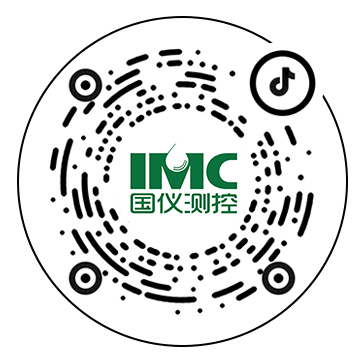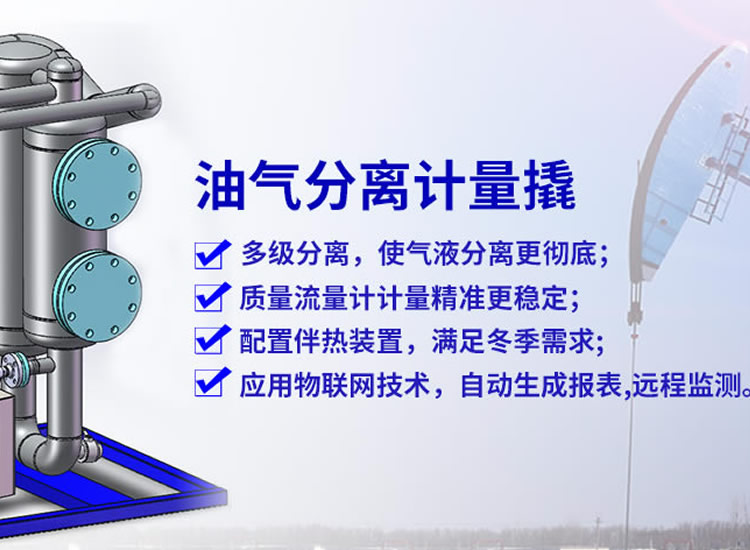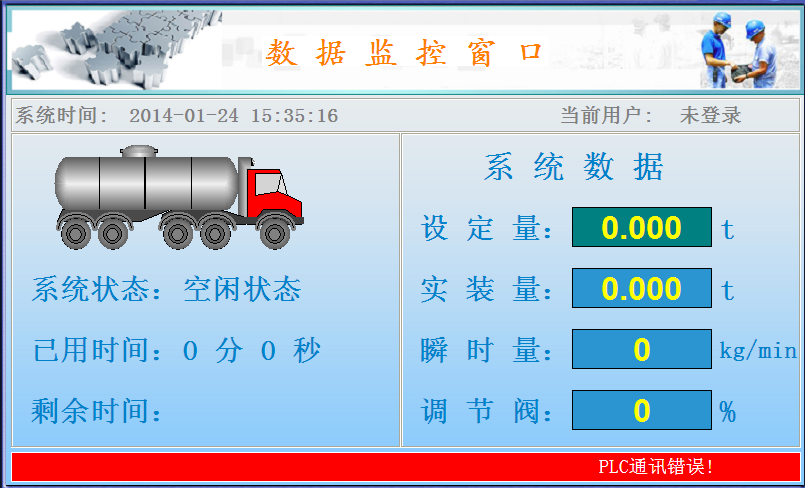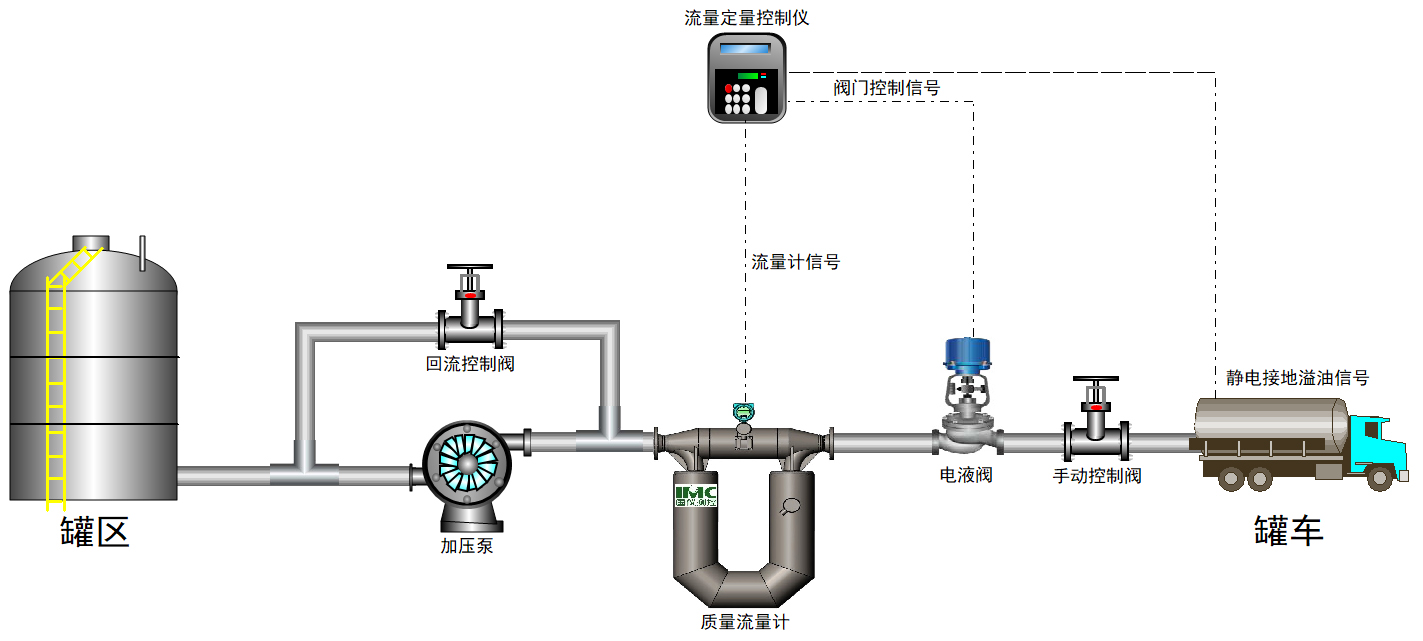+86 400-0055-029
Add:No. 105 Fengcheng Fifth Road, Xi 'an Economic and Technological Development Zone
E-mail:xs@xnimc.com
Tel:029-8668-5660
 Scan the QR code
Scan the QR code official accounts on wechat
 Scan the QR code
Scan the QR code Video
 Scan the QR code
Scan the QR code Tiktok


 Intelligent equipment
Intelligent equipmentThe DZIMC series automatic quantitative loading system is independently developed and manufactured by our company. It adopts a modular architecture, with each loading pipeline consisting of a mass flow meter, a quantitative loading controller, a pneumatic two-stage valve, an electrostatic grounding alarm, and other installation accessories. The flow meter displays parameters such as instantaneous flow rate and cumulative volume. The controller displays parameters during operation and simultaneously outputs logical commands to control the pneumatic two-stage valve.
Additionally, according to the actual situation of the customer's site, one or multiple loading arms can be installed to achieve automatic loading.

Key Functions
1. **Quantitative Control:** Capable of receiving the loading volume from the upper-level computer, the system confirms authorization through password data comparison and subsequently outputs a signal to control the valve upon meeting the set requirements. Alternatively, it allows manual input of the loading volume on the controller via a high-level password.
2. **Safety Interlocking and Supervision:** Integrated with electrostatic grounding alarm interlocks, the system immediately halts loading by closing the valve when an electrostatic grounding alarm is triggered. It persistently sends valve closure commands if incorrect feedback is received, ensuring site safety. Moreover, it alerts and records incidents when the flow signal from the flowmeter exceeds the predefined alarm range (no flow, excessive flow).
3. **Signal Display:** The interface features full Chinese language display, presenting set volume, loaded volume, valve status, and overall safety status.
4. **Self-Inspection Function:** Equipped with a self-diagnostic function, the system monitors valve conditions, the operational status of the flowmeter, and communication status.
5. **Alarm Logging:** Real-time logging of alarm events, including their content and timing, with these logs stored for future reference.
6. **Historical Data Recording:** Retains records of loading information for historical reference.

 Scan the QR code
Scan the QR code  Scan the QR code
Scan the QR code  Scan the QR code
Scan the QR code